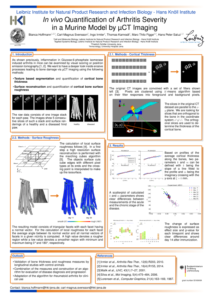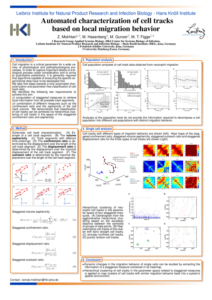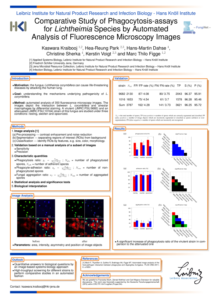In this study we investigate receptor–ligand binding in the context of antibody–antigen binding. We established a quantitative mapping between macroscopic binding rates of a deterministic differential equation model and their microscopic equivalents as obtained from simulating the spatiotemporal binding kinetics by a stochastic agent-based model. Furthermore, various properties of B cell-derived receptors like their dimensionality of motion, morphology, and binding valency are considered and their impact on receptor–ligand binding kinetics is investigated. The different morphologies of B cell-derived receptors include simple sperical representations as well as more realistic Y-shaped morphologies. These receptors move in different dimensionalities, i.e. either as membrane-anchored receptors or as soluble antibodies. The mapping of the macroscopic and microscopic binding rates allowed us to quantitatively compare different agent-based model variants for the different types of B cell-derived receptors. Our results indicate that the dimensionality of motion governs the binding kinetics and that this predominant impact is quantitatively compensated by the bivalency of these receptors.
Model for antigen binding by B cell-derived receptors
Publications
Impact of functional electrical stimulation on nerve-damaged muscles by quantifying fat infiltration using deep learning
Walluks, K.*, Praetorius*, JP., Arnold, D. #, Figge, M. T.# *contributed equally and #contributed equally
Quantitative imaging in life sciences has evolved into a powerful approach combining advanced microscopy acquisition and automated analysis of image data. The focus of the present study is on the imaging-based evaluation of the posterior cricoarytenoid muscle (PCA) influenced by long-term functional electrical stimulation (FES), which may assist the inspiration of patients with bilateral vocal […]
Selective Uptake Into Inflamed Human Intestinal Tissue and Immune Cell Targeting by Wormlike Polymer Micelles (Small 21/2024)
Elena Gardey, Zoltan Cseresnyes, Fabian H. Sobotta, Juliane Eberhardt, Drilon Haziri, Philip C. Grunert, Maren T. Kuchenbrod, Franka V. Gruschwitz, Stephanie Hoeppener, Michael Schumann, Nikolaus Gaßler, Marc T. Figge, Andreas Stallmach, Johannes C. Brendel
Inflammatory bowel disease (IBD) has become a globally prevalent chronic disease with no causal therapeutic options. Targeted drug delivery systems with selectivity for inflamed areas in the gastrointestinal tract promise to reduce severe drug-related side effects. By creating three distinct nanostructures (vesicles, spherical, and wormlike micelles) from the same amphiphilic block copolymer poly(butyl acrylate)-block-poly(ethylene oxide) […]
Long-term stimulation by implanted pacemaker enables non-atrophic treatment of bilateral vocal fold paresis in a human-like animal model
Walluks K*, Hoffmann B*, Svensson CM, Förster G, Müller AH, Jarvis J, Perkins J, Figge MT#, Arnold D#; *contributed equally and #contributed equally
A wide variety of treatments have been developed to improve respiratory function and quality of life in patients with bilateral vocal fold paresis (BVFP). One experimental method is the electrical activation of the posterior cricoarytenoid (PCA) muscle with a laryngeal pacemaker (LP) to open the vocal folds. We used an ovine (sheep) model of unilateral […]









